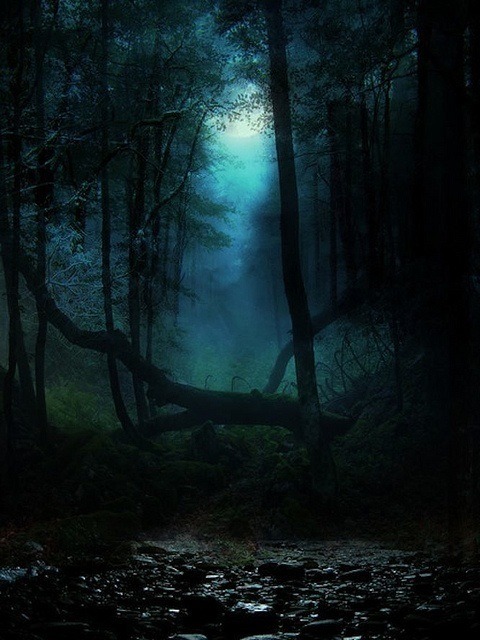
In an era of hyper-consumption, he lends his ear to voices that do not judge life on the basis of its contribution to the GDP. Yet, there’s a reason why his words hold meaning. He doesn’t pause, and his prose often feels flaccid in the absence of a central narrative. The tussle between the actual and the intended in an autobiography or the chinks through which a writer begins challenging his beliefs and produces textual tension is entirely absent. A writer’s craft is reflected in his ability to spot and exploit those instances. In every text, there lies some potential landmines that, upon explosion, could take the narrative to the next level. He has some interesting individual tales, a few characters too, like the tribal fathers who kill their sons for the theft of tadi (tribal brew) but he doesn’t hold them out for long. He writes about the calculations of the tribals as they count years by the nature of animal sacrifices they had during the period and their sayings such as “those people who eat outdoors and shit indoors can do nothing right” and “my heart feels like a banana” that resonate with the reader long after the book is over. There are only two kinds of deaths, he notes, among the tribals - chatta chayarana and bat-thel chayarana - dying indoors and dying outdoors. Instead, he writes about his fascination with the wonders of the forest and charts them out beautifully.

Ramnath skips the bruises and wounds presumably inflicted on his soul as he was “de-schooled in Bastar”. The reader does learn the writer’s perspective that a “society’s self-reliance is usually in inverse proportion to its reverence for the state”, but gets to know little about the writer’s evolution through these decades. Ramnath’s account is largely an anecdotal narrative of tribal life and has scant self-reflection. Though Ramnath was never in a lonely cottage like Henry David Thoreau, his initial observations suggest an internal quest. He later wishes that his two children, who also spent years in such villages with their parents, “continue to find contentment with just a mat and a fire to see them through the night”. It reminds one of Walden, A Life in the Woods. A botanist and an anthropologist, the author and his Dutch wife spent three decades studying life in tribal Bastar, an almost uncharted zone where the “scent of sal” trees hints at “something more refreshing than the goals to which India aspired”. Madhu Ramnath’s Woodsmoke And Leafcups - he calls it “autobiographical footnotes to the anthropology of the Durwa” – has a wonderful premise.


An autobiographer presents not the “real” past, but how he looks at it from the remove of intervening years. That this text might border on the writer’s self-deception, often unconsciously, makes it a seductive study in human psyche. The possibility of a self-reflective, even contradictory, account as a person looks back and constructs his past makes for a mercurial narrative. What makes autobiographies an intriguing literary form is the fascinating play of memory they offer behind the cover of facts.


 0 kommentar(er)
0 kommentar(er)
